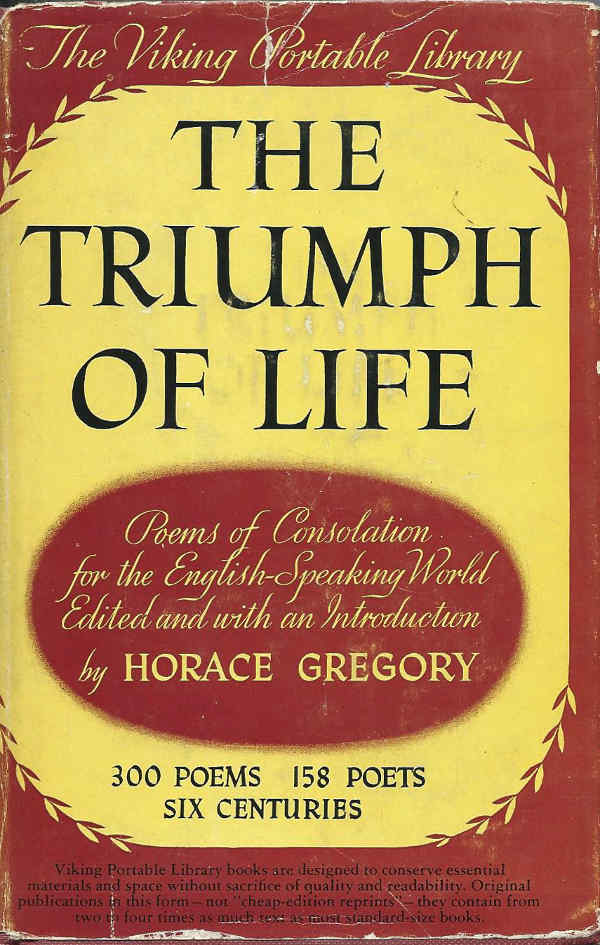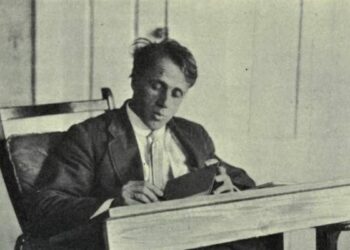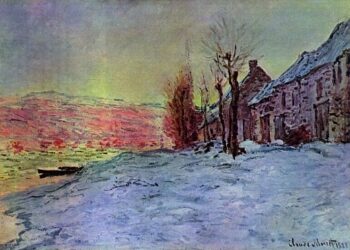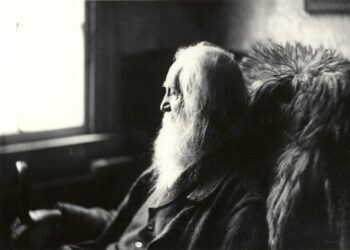Introduction
The Triumph Of Life Summary By Percy Bysshe Shelley is an unfinished poem written by Percy Bysshe Shelley in 1822. It is widely regarded as one of his most complex and ambitious works, reflecting his profound philosophical inquiries into life, death, and the human condition. The poem was published posthumously in 1824, and despite its incomplete status, it offers a rich tapestry of themes and motifs that encapsulate Shelley’s Romantic ideals.
The poem is characterized by its dramatic imagery, symbolic characters, and overarching themes of existential struggle and the quest for meaning. In “The Triumph of Life,” Shelley grapples with the tension between the ephemeral nature of existence and the pursuit of eternal truths, ultimately questioning the validity of life’s triumph over death.
Summary of “The Triumph of Life”
Opening Stanzas: The Dreamlike Vision
The poem begins with a dreamlike vision, where Shelley presents a landscape that is both beautiful and haunting. The speaker finds himself in a world filled with vibrant colors and lively forms, which soon reveal a more ominous undertone. He is introduced to a procession of figures that represent various aspects of human existence and experience.
- Symbolism of the Landscape: The initial description of the landscape is lush and vibrant, suggesting a realm of possibility and beauty. However, this beauty is soon overshadowed by the darker realities of life, signaling the dual nature of existence.
- Procession of Figures: The figures that emerge in this procession represent different facets of humanity, including joy, sorrow, love, and despair. This diversity of characters underscores the complexity of human experience, emphasizing the interplay between various emotions and conditions.
Read More
The Figure of Life
As the poem progresses, the character of Life emerges as a central figure. Life is depicted as a powerful force that drives individuals forward, yet it is also a source of confusion and suffering. This duality reflects Shelley’s ambivalence toward the concept of life itself.
- Life as a Tyrant: Life is portrayed as a tyrant that manipulates and controls the destinies of individuals, leading them to seek fulfillment and meaning in a world rife with suffering. This characterization evokes a sense of entrapment and existential struggle.
- The Illusion of Control: Shelley emphasizes the illusion of control that people believe they possess over their lives. The inevitability of suffering and death looms large, challenging the notion that individuals can truly triumph over their circumstances.
The Role of Death
Death plays a crucial role in the narrative, acting as both an end and a transformative force. The presence of death creates a tension that permeates the poem, prompting reflections on mortality and the significance of life’s struggles.
- Mortality as a Catalyst: The acknowledgment of death serves as a catalyst for deeper philosophical contemplation. Shelley suggests that the awareness of mortality can lead individuals to seek deeper truths and ultimately find meaning in their lives.
- Contrast between Life and Death: The interplay between life and death is a recurring theme, highlighting the fragility of existence. Shelley explores the idea that while life may be marked by suffering, death offers a release from that suffering, posing questions about the value of life itself.

The Nature of Experience
In the midst of this exploration, Shelley delves into the nature of human experience, examining the transient moments that define existence. He reflects on the significance of emotions, relationships, and the pursuit of knowledge.
- Emotional Complexity: Shelley acknowledges the complexity of human emotions, recognizing that joy and sorrow often coexist. This duality underscores the richness of experience, suggesting that both positive and negative emotions contribute to a fuller understanding of life.
- The Quest for Knowledge: The speaker’s journey becomes a quest for knowledge and enlightenment. Shelley emphasizes the importance of self-awareness and reflection in navigating the challenges of existence, urging readers to seek wisdom in their experiences.
The Vision of Triumph
As the poem approaches its climax, Shelley presents a vision of triumph that is both hopeful and elusive. The idea of triumph is explored in various contexts, ultimately challenging the conventional understanding of success and fulfillment.
- Triumph over Suffering: The notion of triumph is not merely about overcoming obstacles but also about embracing the complexities of life. Shelley suggests that true triumph lies in the acceptance of suffering and the search for meaning within it.
- Ambiguity of Victory: Despite the poem’s title, the concept of triumph remains ambiguous. Shelley raises questions about the nature of victory and whether it can ever be fully realized in a world marked by uncertainty and impermanence.
The Unfinished Nature of the Poem
“The Triumph of Life” is notably unfinished, with the poem’s final stanzas remaining incomplete. This unfinished quality adds a layer of complexity to the work, leaving readers with a sense of unresolved tension and open-ended questions.
- Reflection of Shelley’s Intentions: The poem’s unfinished state mirrors the existential themes it grapples with, suggesting that the quest for understanding and meaning is an ongoing process. Shelley’s reluctance to provide definitive answers reflects the complexities of life itself.
- Invitation for Interpretation: The unfinished nature invites readers to engage actively with the text, prompting personal interpretations and reflections on the themes presented. This openness reinforces the idea that life’s triumphs and struggles are subjective experiences.
Read More
Themes in “The Triumph of Life”
1. Life and Mortality
At the heart of “The Triumph of Life” is a profound exploration of the relationship between life and mortality. Shelley grapples with the tension between the vitality of life and the inevitability of death, questioning the meaning of existence in light of this duality.
2. The Nature of Suffering
Shelley delves into the nature of suffering, portraying it as an integral part of the human experience. The poem acknowledges the pain and struggles that individuals face, suggesting that suffering can lead to personal growth and a deeper understanding of life.
3. The Quest for Meaning
The poem reflects Shelley’s quest for meaning in a seemingly chaotic world. The speaker’s journey becomes an exploration of existential questions, urging readers to contemplate their own understanding of purpose and fulfillment.
4. The Illusion of Control
Throughout the poem, Shelley highlights the illusion of control that individuals believe they possess over their lives. He suggests that despite attempts to navigate life’s challenges, external forces often dictate individual destinies.
5. The Complexity of Human Experience
Shelley emphasizes the complexity of human emotions and experiences, recognizing that joy and sorrow coexist in a delicate balance. This complexity enriches the narrative, providing a nuanced perspective on the human condition.
Structure and Style
“The Triumph of Life” is characterized by its elaborate structure and rich language. Shelley employs various poetic devices that enhance the poem’s themes and emotional resonance.
1. Imagery
Shelley’s use of vivid imagery creates a striking visual landscape, immersing readers in the dreamlike world he depicts. The contrasting images of beauty and suffering serve to highlight the complexities of life.
2. Symbolism
Symbolism plays a significant role in the poem, with characters and elements representing broader philosophical concepts. Life, death, and various emotions are personified, allowing for deeper exploration of their meanings.
3. Allusion
The poem contains numerous allusions to classical mythology and literature, drawing connections between Shelley’s themes and the works of other writers. These allusions enrich the text, inviting readers to consider the cultural and historical context.
4. Lyrical Language
Shelley’s lyrical language and rhythmic patterns contribute to the poem’s musicality. The fluidity of the language enhances the emotional impact, allowing readers to connect with the speaker’s journey on a deeper level.

5. Unfinished Form
The poem’s unfinished quality adds a layer of complexity, reflecting the ongoing nature of the themes it explores. This unfinished form invites readers to engage with the text actively, encouraging personal interpretations and reflections.
Read More
Conclusion
“The Triumph of Life” stands as a testament to Percy Bysshe Shelley’s philosophical inquiries into existence, mortality, and the human condition. Through its rich imagery, complex themes, and unfinished quality, the poem invites readers to contemplate the nature of life and the pursuit of meaning. Shelley’s exploration of suffering, joy, and the quest for knowledge resonates deeply, offering insights that remain relevant across time.
While “The Triumph of Life” may be incomplete, its impact endures, challenging readers to reflect on their own experiences and understandings of life’s triumphs and struggles. Shelley’s eloquent language and profound musings continue to inspire, affirming the timeless relevance of his work.
FAQ
1. What is the central theme of “The Triumph of Life”?
The central theme of “The Triumph of Life” is the exploration of the relationship between life and mortality. Shelley grapples with the complexities of existence, questioning the nature of suffering and the quest for meaning in a world marked by uncertainty.
2. Why is the poem considered unfinished?
The poem is considered unfinished because Shelley did not complete it before his death. The final stanzas remain incomplete, leaving readers with a sense of unresolved tension and open-ended questions. This unfinished quality mirrors the poem’s exploration of life’s complexities.
3. How does Shelley portray the character of Life in the poem?
In the poem, Shelley portrays Life as a powerful and sometimes tyrannical force that controls individual destinies. Life is depicted as both a source of vitality and confusion, leading individuals to seek fulfillment while also presenting them with challenges and suffering.
4. What role does death play in “The Triumph of Life”?
Death plays a crucial role in the poem as both an end and a transformative force. Shelley explores the tension between life and death, suggesting that the awareness of mortality can lead individuals to seek deeper truths and ultimately find meaning in their lives.
5. How does Shelley address the concept of suffering?
Shelley addresses the concept of suffering by portraying it as an integral part of the human experience. He acknowledges that suffering can lead to personal growth and a deeper understanding of life, emphasizing the emotional complexity of existence.
6. What is the significance of the poem’s title, “The Triumph of Life”?
The title “The Triumph of Life” suggests an exploration of what it means for life to prevail despite its challenges. However, the poem ultimately questions the validity of this triumph, raising ambiguous reflections on the nature of victory and fulfillment in the face of suffering and mortality.
7. How does the poem reflect Romantic ideals?
The poem reflects Romantic ideals through its emphasis on emotion, individual experience, and the connection to nature. Shelley’s exploration of beauty, suffering, and the quest for knowledge exemplifies the core tenets of Romanticism, emphasizing the subjective experience of existence.
8. What literary devices are prominent in “The Triumph of Life”?
Prominent literary devices in the poem include vivid imagery, symbolism, allusion, and lyrical language. These devices enhance the poem’s themes and emotional resonance, contributing to its overall impact.
Read More

















